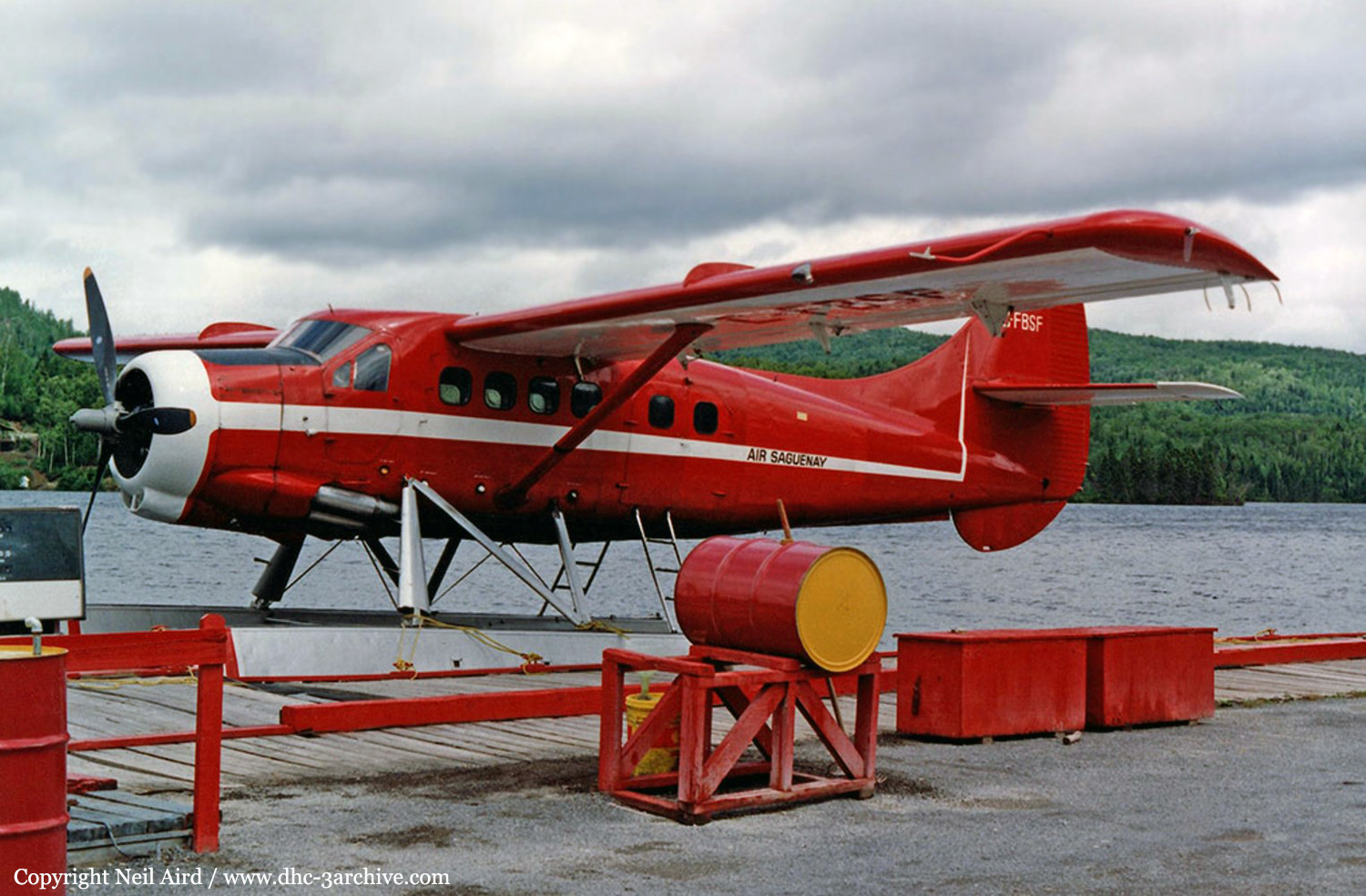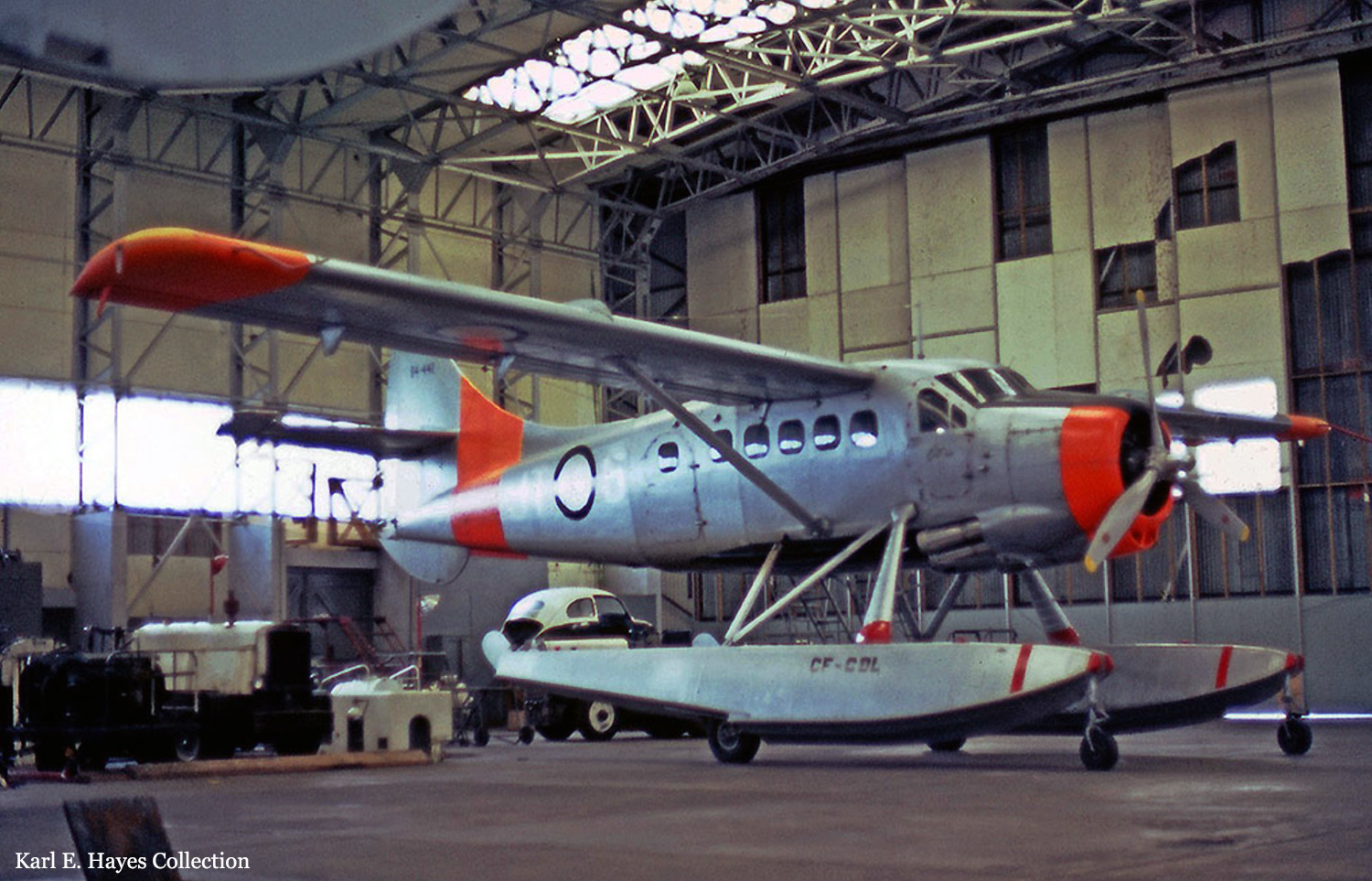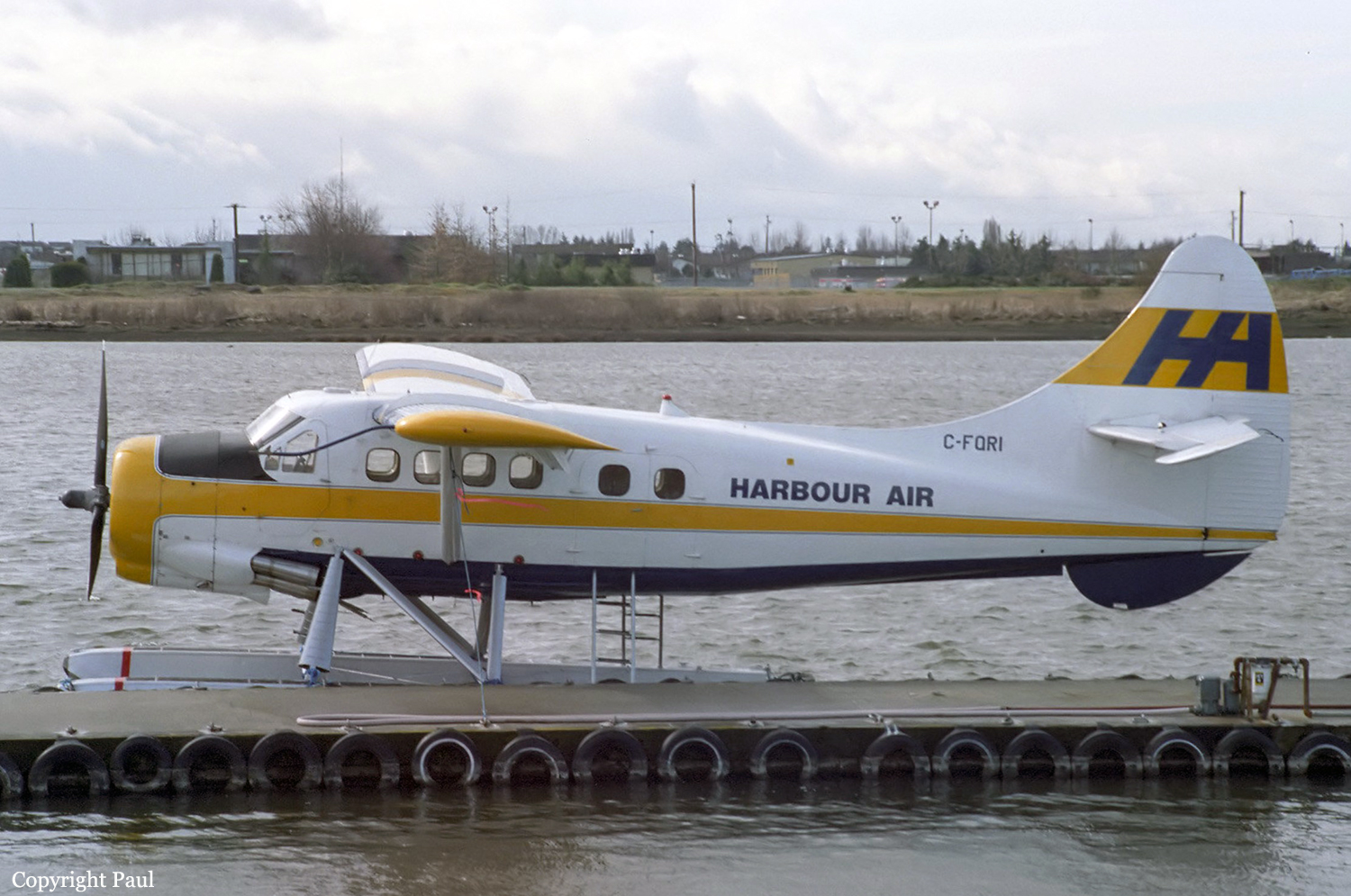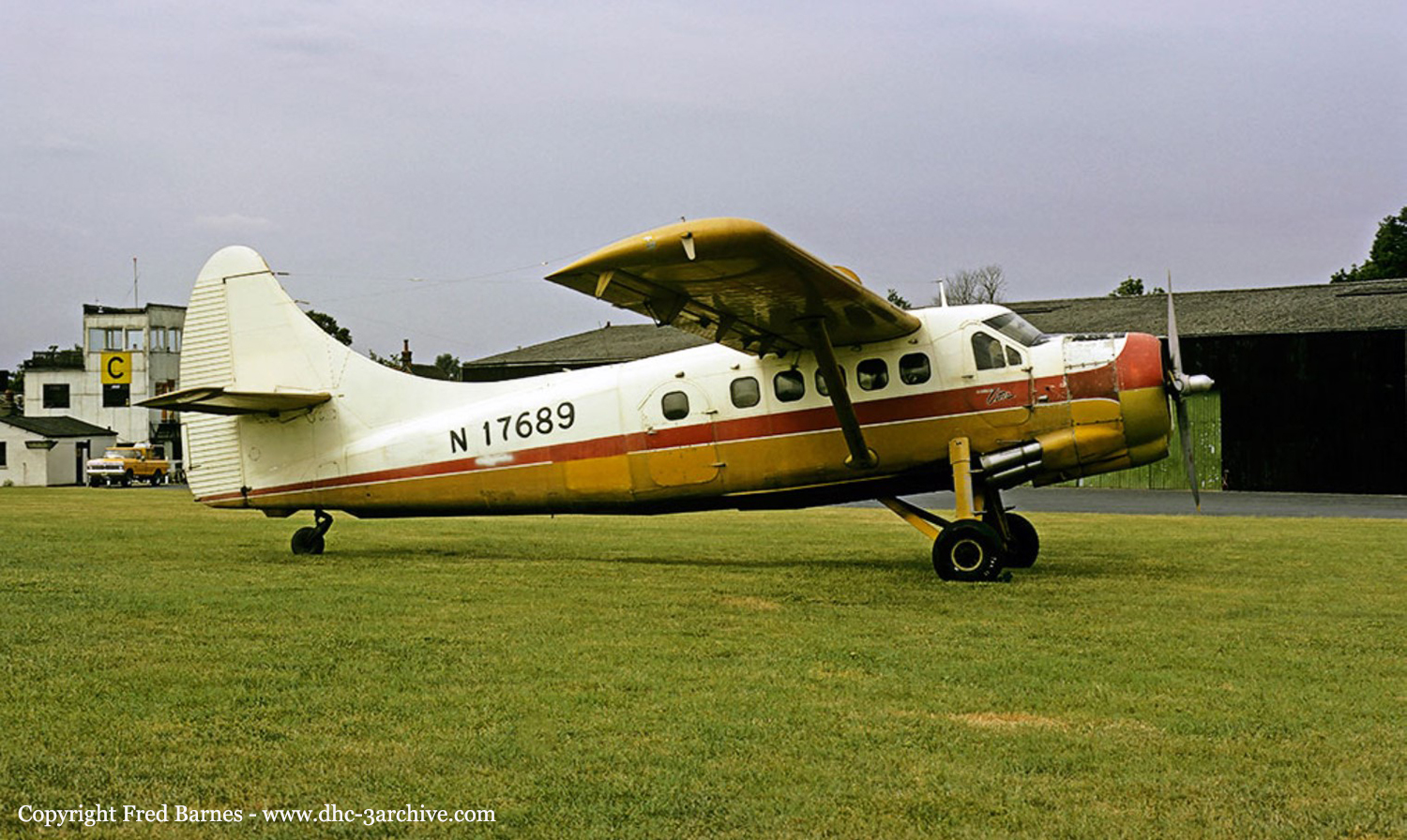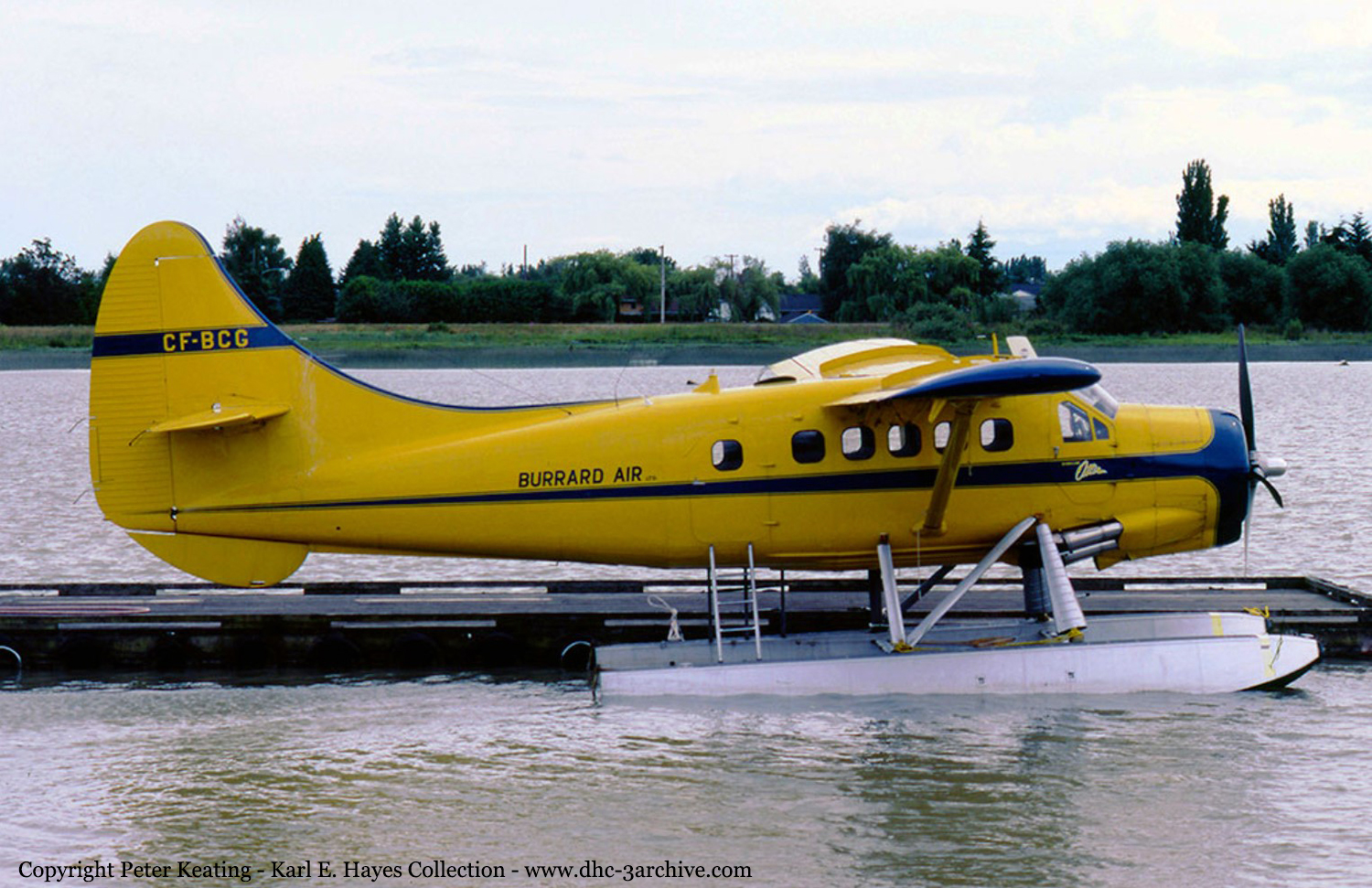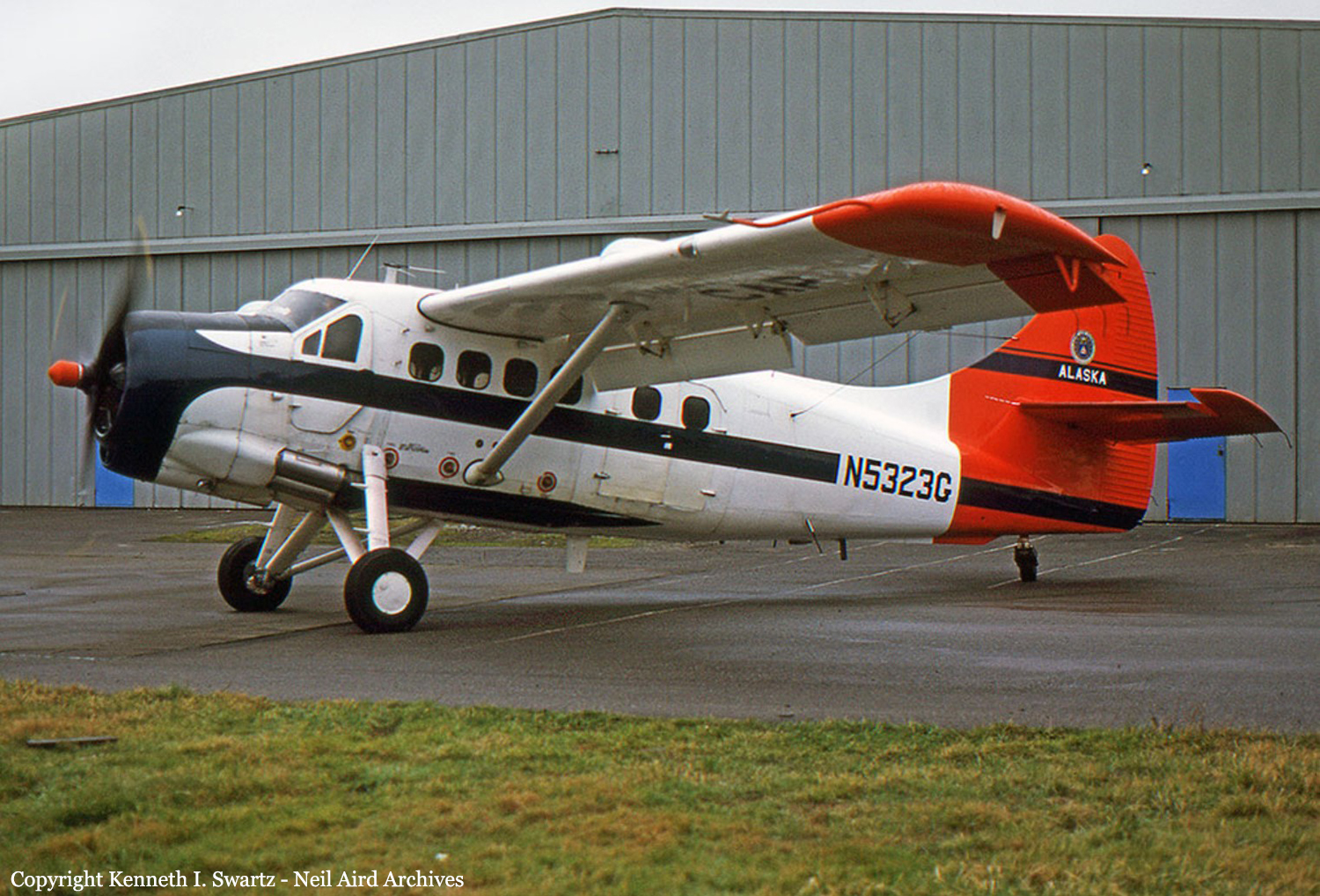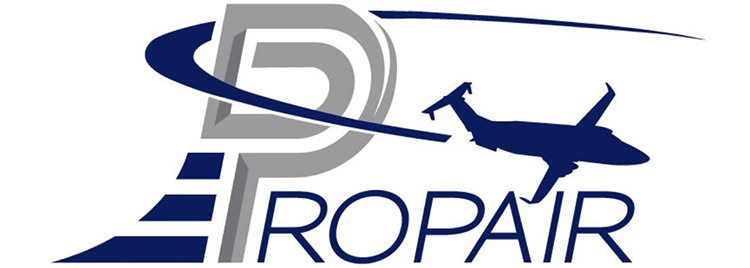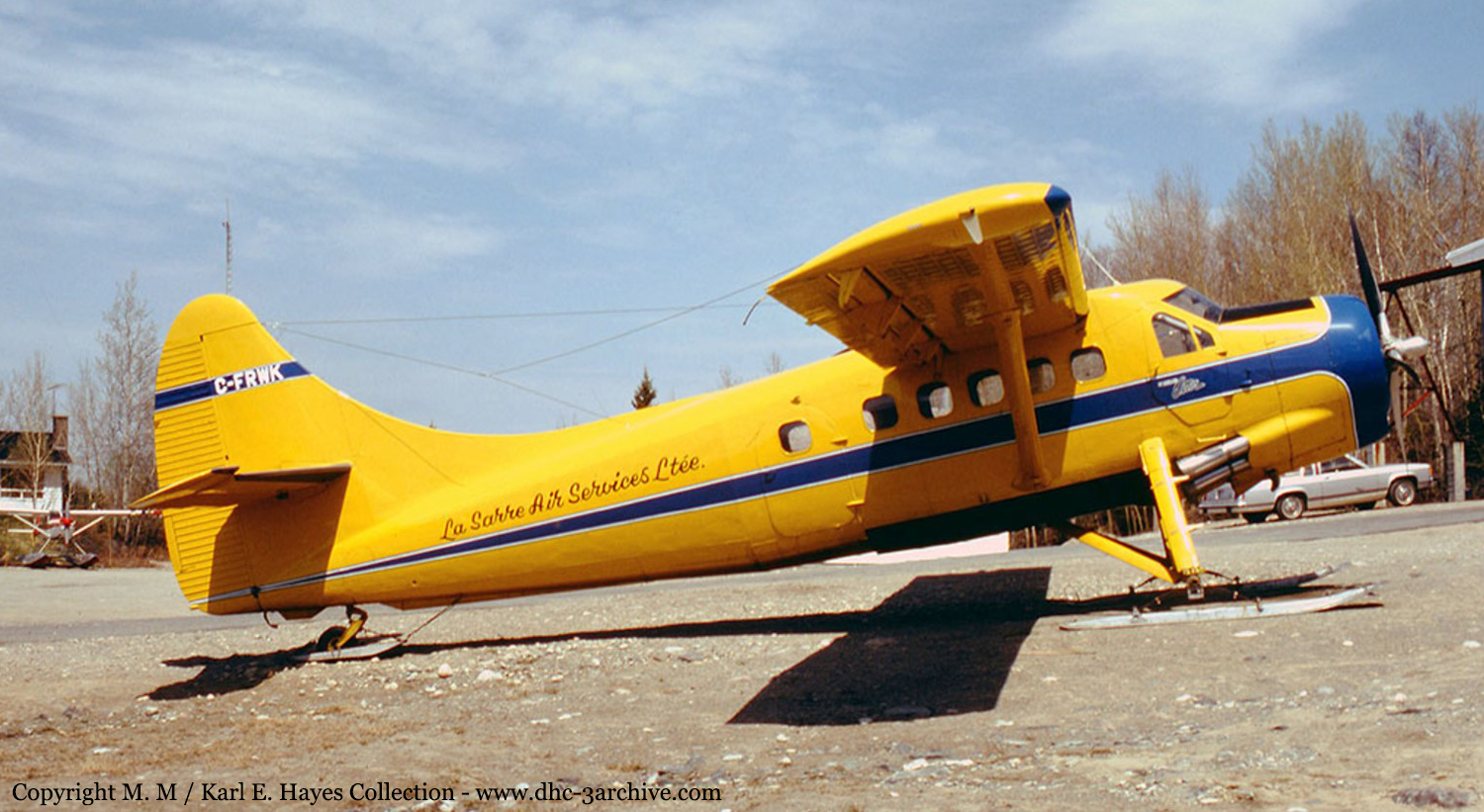Crash of a De Havilland DHC-3 Otter at Patriot Hills Base Camp
Date & Time:
Nov 3, 1992
Registration:
N58JH
Survivors:
Yes
MSN:
131
YOM:
1956
Crew on board:
0
Crew fatalities:
Pax on board:
0
Pax fatalities:
Total fatalities:
0
Circumstances:
The single engine airplane has to be ferried back to its base following repairs after it suffered an incident last February 1992. It crashed upon takeoff in unknown circumstances. There were no casualties but the aircraft was written off.



